One of the defining wonders of being human is the drive to create. We observe all sorts of bits and pieces in the world around us, imagining all the cool things we can do with it all. We don’t just make beer, we find new ways to make it pleasurably bitter, forming a name like Dark Matter IPA and painting swirls of hazy stars on the label. We create beautiful sounds and write expressive lyrics, transforming the end result into a digital stream that makes its way to another human’s ears to eventually get stuck in the subconscious. Thousands of years ago, we even started toying around with math, argued whether it’s made up or invented, and eventually created an artificial coding language that led to video games.
And here we are, the year 2019, a time when video games have reached the latest exponential level of technological advancement and, more importantly, their creators continue to discover new ways of expression within that journey. As participants, we get to enter these vastly imagined expanses, solve problems, and take part in our own act of creation along the way.
I love beer, I love music, and do I ever love video games. Since you’re reading this, I assume you’re with me on the last one. Why you play, the way you feel while you play, what motivates your stay in the virtual world—everything traces back to a remarkably intricate interplay in the mind. And whatever it is that makes you feel good and go back in for more, the output is shared.
To find out more, I reached out to John Kounios, cognitive neuroscientist and the director of Drexel University’s PhD program. “There is a common single reward system in the brain,” Kounious told me when I asked him about that “feeling” I crave when I’m experiencing a great video game. “All these pleasures feed the same reward system.”
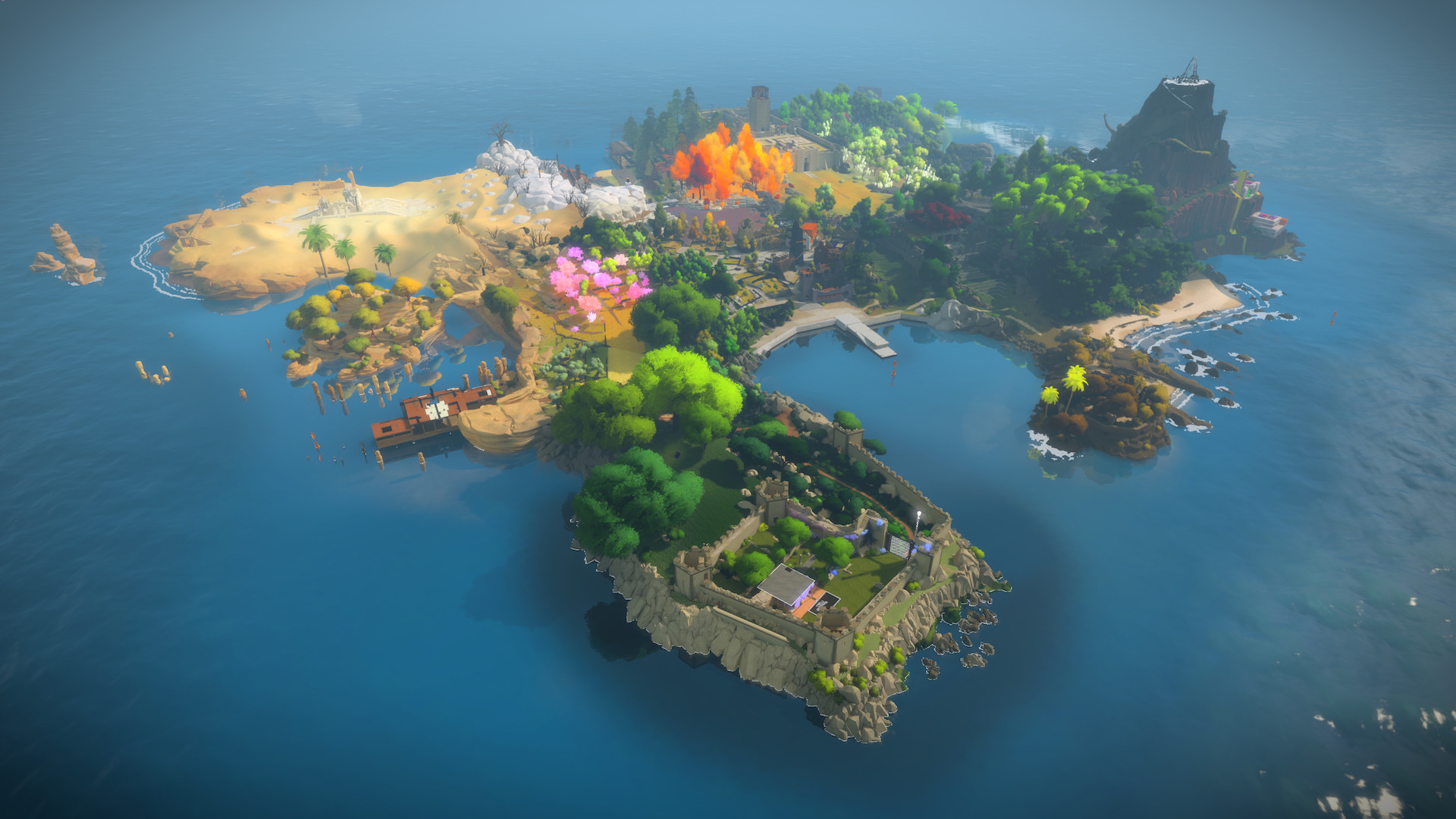
Credit: Thekla, Inc.
Think about all the steps you’ve taken when you, say, adventure to the top of a cliff in Uncharted and finally grab the coveted treasure. Certainly gaming must create a symphony of activity in the brain unlike most of what we experience?
“Oh, absolutely,” Kounios said. “You are using your visual senses, your auditory senses; you are using your logic, your planning. You are using your muscles to work the controls, you get tactile feedback from doing things. Yeah, it involves large areas, most of the brain. All of the brain is working all of the time, but involved in the task of gaming itself, absolutely. Using memory, attention, emotion.”
As neuroscience continues to understand our brains as prediction tools, everything you’ve soaked in throughout your time in a game world gets downloaded and processed from the inside out, blossoming into the next layer of your immersion. Games are mentally fertile places where we discover and overcome obstacles, running through a gauntlet of “aha” moments big and small, like a network of veiled puzzle boxes. Kounios and his team can map what these aha moments in the brain with functional magnetic resonance imaging (fMRI) and high-density electroencephalography (EEG), displaying the lightbulbs that go off when certain tasks are performed.
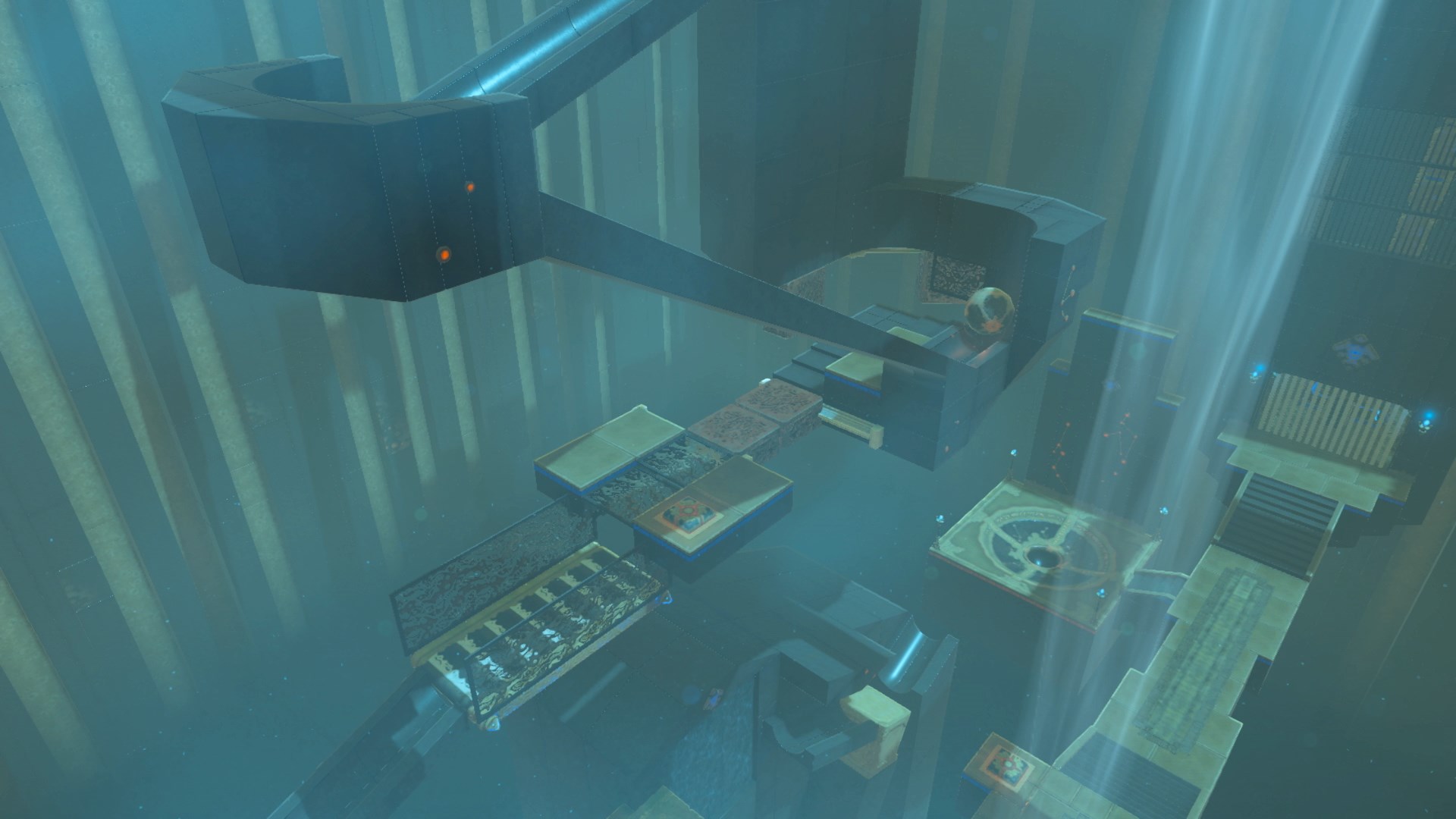
Credit: Nintendo
Kounios and his colleague Mark Beeman, a professor of psychology at Northwestern University, first wrote about their early findings in The Eureka Factor: Aha Moments, Creative Insight, and the Brain. While their studies in the book are not related directly to video games, what drew me to learn more from Kounios is how the appeal of a video game world is so intrinsic to discovery and being creatively alive.
“Up to the time when we wrote the book, most of our research used these little verbal puzzles, where you get three words and you have to think of a fourth word that forms a compound or familiar phrase with each,” Kounios said. “When a person has an ‘aha’ trying to solve those, there is a burst of activity in the right temporal lobe, just above the right ear.”
However, when Kounios and his team started using other forms of puzzles, they saw that those “aha” moments weren’t just relegated to one part of the brain.
“We found, for example, when a person is solving an anagram, unscrambling letters to form a word, there’s a burst of activity in the frontal lobes of the brain, a little bit more on the left than the right. We have some preliminary evidence that puzzles that are visual, the activity is in the back of the head, which is the visual system. So what really distinguishes these ahas, it’s not so much where in the brain it is, but the suddenness, the shift of activity, from one path to another, very abruptly. Where that shift occurs depends on the nature of the problem, nature of the task, nature of the idea.”
As humans, as gamers, we all basically share these same contextually enormous three-pound brains, with 100 billion neurons and 100 trillion connections—more than all the stars in the galaxy—that take in all those outside bits and pieces and paint our conscious existence. But when we’re experiencing a video game, we undergo a distinct head trip—some neuroscientists are starting to call our predictive processing a “hallucination”—as we absorb what’s going on in the HD imagery, churning it over in the dark spaces of the brain to create the perceived reality that entertains us. Like a good drink or song or even falling in love, there is a shared pleasure principle to experiencing video games that feeds the desire to return for more.
And who you are can make all the difference.
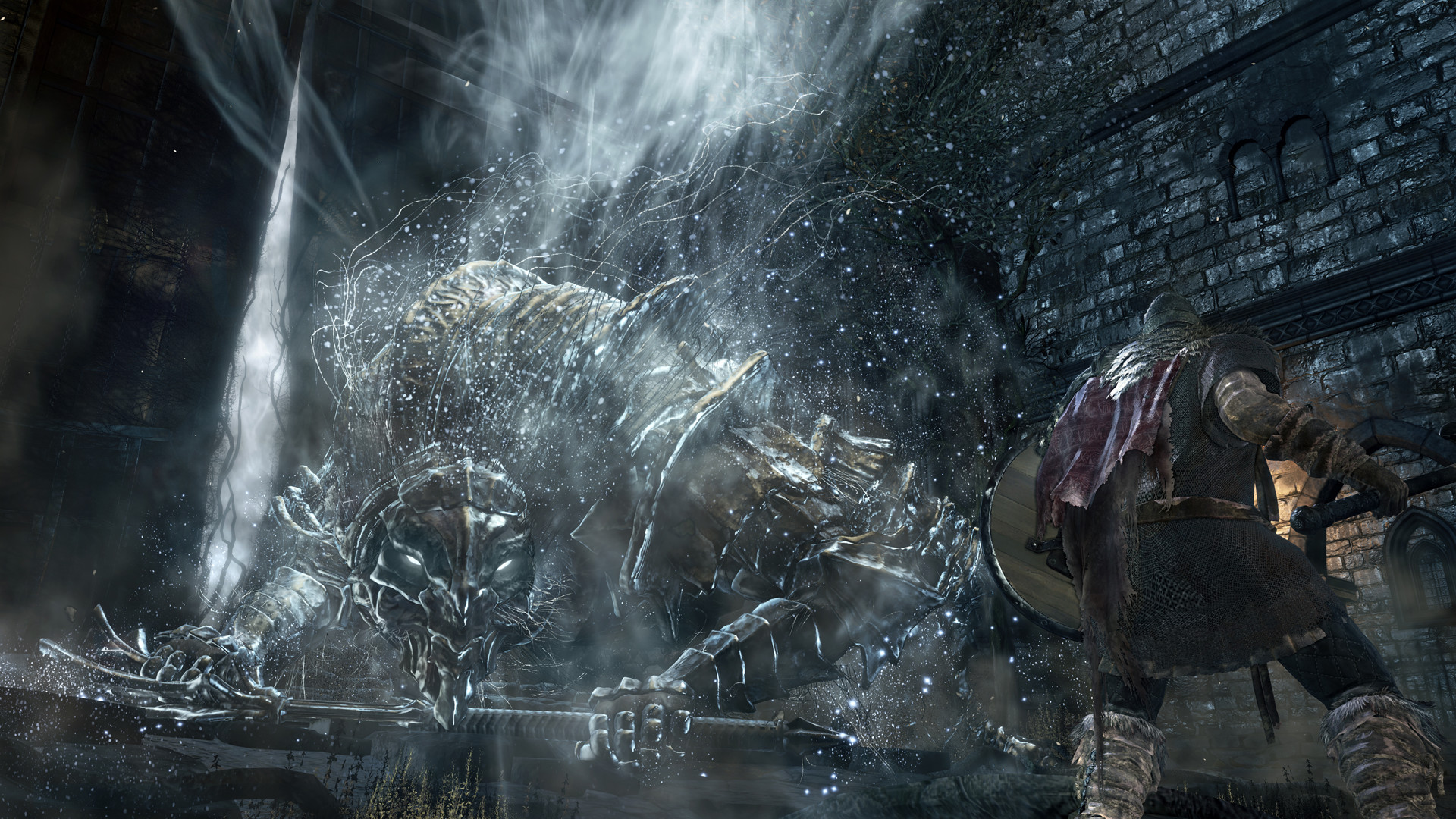
Credit: Bandai Namco
“There are generally two types of people,” Kounios explained. “Everyone can have these aha moments. But some people when they have an aha moment they have an extra burst of activity, and that burst of activity is in the brain’s reward system. It’s the same system that’s activated by drugs and food and sex, and all these other things that are pleasures. Some people, an idea may pop into mind, they don’t necessarily experience an emotional rush. Other people get a rush that’s akin to taking drugs and cocaine.”
How people react to their aha moments depends on their “reward sensitivity.” According to Kounios, there are two different motivational systems: rewards, and the desire to avoid loss. People generally favor one over the other.
Kelli Dunlap, a licensed clinical psychologist and game designer who specializes in video games and mental health, spins games as an inspiration to internal victory. “The only way to lose a game is to quit,” Dunlap said. “Unfortunately most of the things in our daily lives aren’t that way. There are definitely things you can’t win, things you can’t control. I do think when you go into a play space, a game space, you are being given an opportunity to be your best self and exercise and actualize those components of human happiness that don’t get much attention just because of the ways our lives are structured in the outside world.”
Basically, when we’re gaming, our left brain takes on the analytical and mathematical role, processing stats and taking on the rote point-A-to-point-B details. Our right brain plays more of the artist role, making sense of the beauty in the space and creatively overcoming obstacles. It all eventually intertwines, and as the brain works as a whole city network, various highways are receiving more traffic depending on what you are doing in the game and the way you are individually wired. Every genre carries its own specific roadmap.
“The most important thing is the play state,” Dunlap said. “Everybody’s play state is going to come from a different place. Some people get the most enjoyment through collecting things. I identify with the explorer, I love to go explore things.”
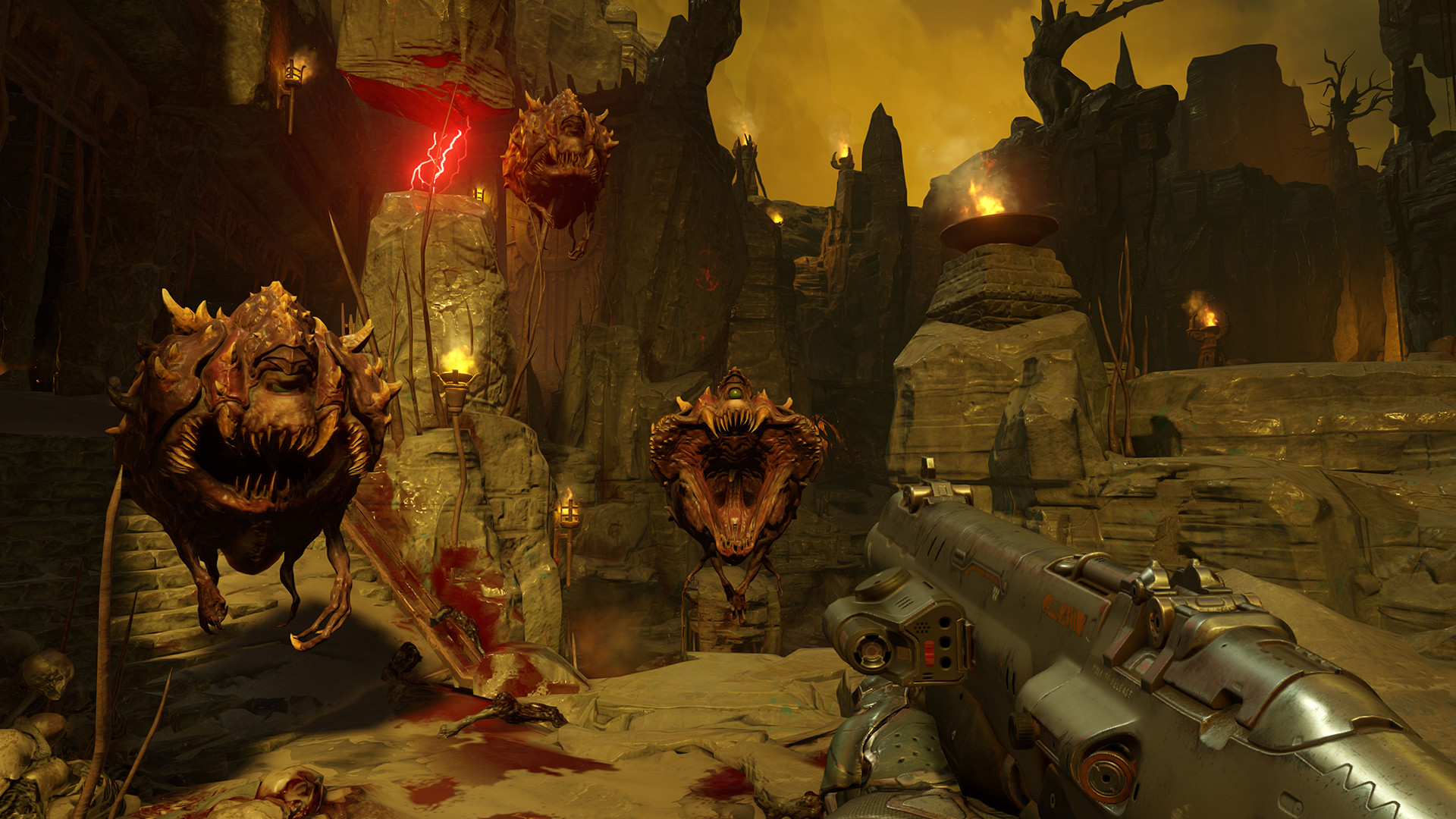
Credit: Bethesda
We all play for different reasons, but personality does play into labeling a game “good” or “bad,” or, more obliquely, the emotional feeling of good or bad you process while experiencing a game space. Critical consensus is in some ways just a false perception of the digital age. Think about how many different games are out there, all working off so many moving parts that either sweep you away or keep you at bay on a very personal level.
Dunlap pointed to a group called Quantic Foundry, led by researcher Nick Yee, which is working on mapping “play preferences to the big five personalities,” also known as OCEAN— Openness, Conscientiousness, Extraversion, Agreeableness, and Neuroticism.
“It’s really interesting stuff that people who have certain personality traits tend to gravitate towards one kind of game. For example, people who are higher in openness to new experience tend to be more interested in games that allow them to be creative and more exploratory. Your narrative game, games that have a more artistic feel to them. Where people who are higher in, say, extroversion tend to be more social, which is exactly what an extrovert is. They tend to want to play games that allow them to be more social, which turns out to be first-person shooters and other multiplayer online games, because that social component is so inherent to it.” According to Dunalp, Quantic Foundry also tracks these gaming preferences by age, finding that men who are 18 and men who are 40 have a much bigger discrepancy in what they like to play than do men and women in general.
Kounios explained that certain individuals who process their world through higher reward sensitivities—video games are an endless loop of rewards—can receive an emotional rush that is “mind expanding.” Others find satisfaction in the precision of the moment, like a good combo or one-shot kill. Openness tends to fuel the more creative. Uncovering the layers of mystery in a beautifully decrepit Resident Evil house may not seem as exciting to some of you as strategically taking down a giant boss with a new weapon, but others may find themselves swept away when a door is unlocked into a whole new place.
When you look at a series like, say, Dark Souls, progression requires a certain mastery of gameplay systems. A game like Celeste or Super Meat Boy will grind you to a halt without an almost zen-like connection to the mechanics that carry you through the next obstacle. I had mentioned this other side of gaming to Kounios, and his response was that the repetition tends to feed the allure of habit. When you are really in the perfect zone and, unlike me, especially good at games, you might particularly respond to that fine line right before frustration. “Once they achieve a certain state, like a flow state, they keep doing it over and over because it’s easier to keep doing it and doing it than stop doing it,” he said. “Flow states are pleasurable, and seem effortless.”
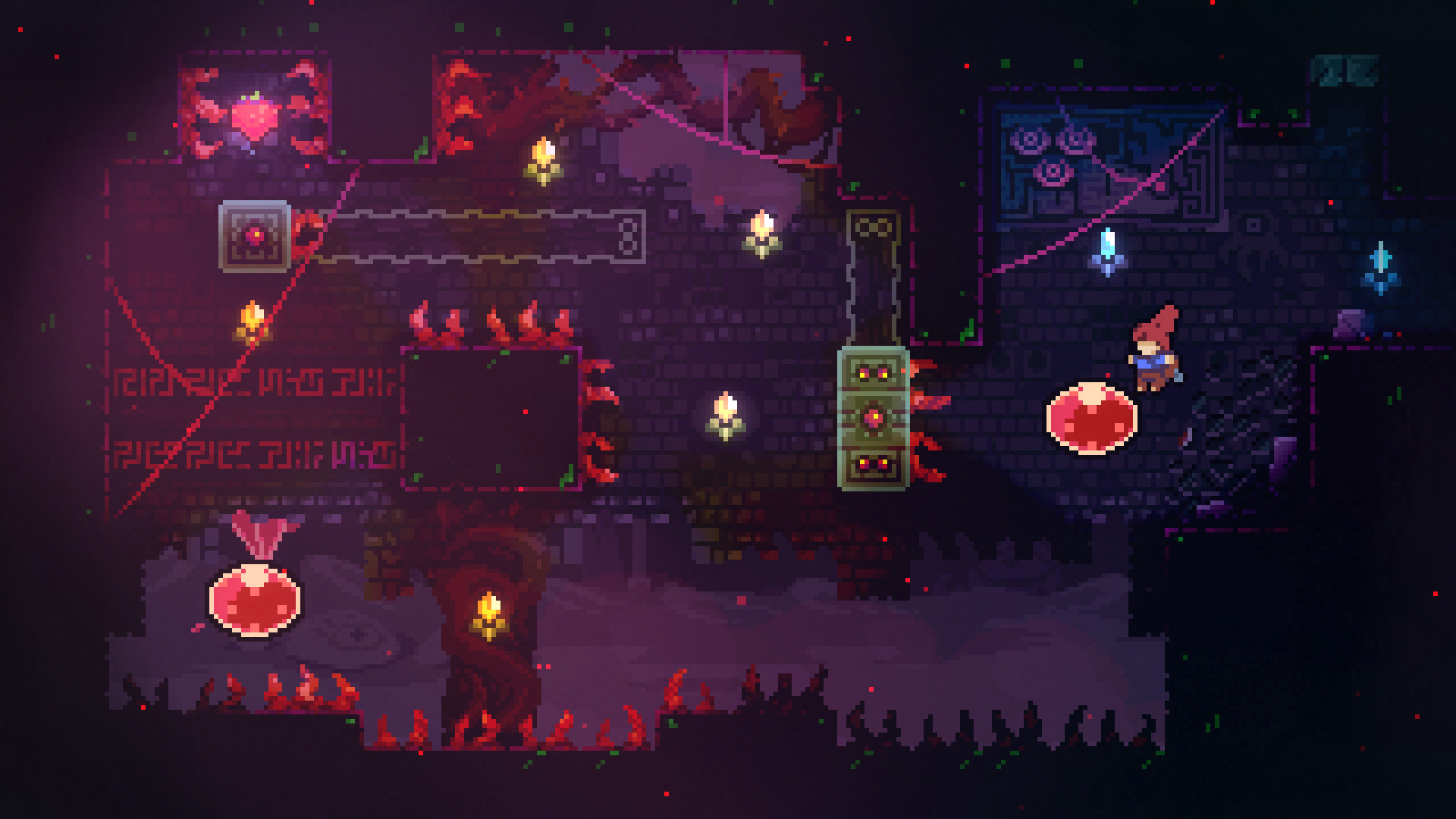
Credit: Matt Makes Games, Inc.
A flow state can emerge from pretty much anything that masks the passage of time and the outside world. It’s more than just perfecting a skill. You want to feel on top, the hero ascending along their path to victory. “We also seek out activities that make us feel masterful,” said Dunlap. “That famous game flow state is a sense of, man, I am right on the edge of my ability, and the ability to keep going and get better and persist in the face of challenge, is really really rewarding to our brains. Games are really good at doing that in a way that life generally doesn’t.”
Let’s replace “flow” with “rhythm” and look at the pleasure of a game in terms of musicality. Some games bind you in a dance with the AI and their mechanical patterns. You discover smoother, more connected cadences and begin to master the complexities with the instrument in your hand. Some of this discussion of gaming comes down to metaphor, trying to make sense of immersion in a place of fantasy. We dialogue with a game in various ways, giving rise to our unique stories as the game world tells its own.
In 2014, two neuroscientists, Edvard and May-Britt Moser, along with John O’Keefe, won a Nobel Prize for describing that the hippocampus, a memory center of the brain, also allows us to navigate our world by mapping a 3D overlay of sorts. They also theorize that our ability to tell stories is pieced together from the information processed through these directional waypoints, allowing us to connect narrative threads and literally place our imaginations into the future and the imagery of the fiction. Is there something special to gaming because of its navigational nature? Are we spinning subconscious stories as we connect with the gamemakers’ visions?
Neuroscience traces this grounding in the world back to what’s called “cognitive mapping.” In his recent article for EGM, Justin Reeve discussed how we essentially map personal information, both structural and emotional, over our real-world “spaces,” turning them into “places” of various meaning. Reeve has also detailed how architecture and city layouts interconnect and become alive—certainly alive inside the human mind with the way we find our meaning in an infinitely connected world.
“Mental maps are a fascinating thing,” Reeve wrote me in response to an email. I wanted to get his take as an archeologist on how a game world builds its details into a narrative in our minds. “They’re basically the product of our attempting to understand how something works or functions. Mental maps don’t just concern technology, though. They concern our understanding about things like society and the world around us. You could, for example, see artificial constructs like government and religion as products of our attempt to understand these two things. Government is a big, complicated system, but we know that we have to pay our taxes to keep the tax man off our back. We likewise pay a tithe to the temple so that priests can perform their rituals to keep the sky from falling. They’re also why we like games so much. These are specifically designed to stimulate our brains by forcing us to create new mental maps. This takes place mostly through mechanics which define a variety of different affordances and constraints.”
There are plenty of reasons to get into gaming, but the universal connection we all share is the desire for a happy, satisfied brain. Gaming feels good; that’s why we go back for more. If you endeavor to explore a vast world of fantasy, or a grand hero in a creative place filled with puzzles and mysteries and wonders, your brain is truly there. If you simply like the idea of swinging a sword or pulling a trigger, there’s meaning in that, too. Dunlap mentioned the ago-old gaming truism that “some people just want to blow things up.” It’s neat to think that even destroying things writes its own unique story in the mind.
Header image: Psychonauts 2, Xbox Game Studios

Brady is a writer and mountain dweller based in Los Alamos, California. He is fascinated with fictional worlds and the human creativity that builds them. You can reach out at bf@west-coast-digital.com